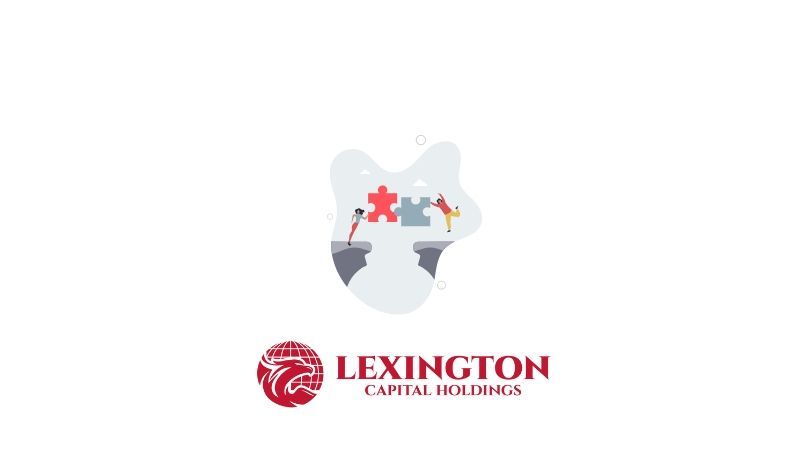Cash Flow Made Simple: Tools and Tips for Small Business Owners
Cash Flow Made Simple: Tools and Tips for Small Business Owners
Managing cash flow is more than just keeping track of numbers; it’s the heartbeat of every successful small business. While profits might grab the spotlight, cash flow ensures the day-to-day operations continue without disruption. Neglect it, and even the most profitable businesses can find themselves struggling to stay afloat.
In this article, we’ll break down why cash flow management is so essential, the common challenges small businesses face, and the strategies you can implement to keep your finances in check.
Why Cash Flow is Critical
Cash flow represents the actual movement of money into and out of your business. Positive cash flow means you have enough liquidity to meet your obligations, while negative cash flow indicates potential trouble ahead. Here’s why it matters:
- Keeping the Doors Open: Cash flow covers essential expenses like payroll, rent, utilities, and inventory. Without it, operations can grind to a halt.
- Enabling Growth: A healthy cash flow allows you to invest in opportunities like new equipment, additional staff, or expansion into new markets.
- Weathering Uncertainty: Economic downturns or unexpected expenses become manageable with a steady cash flow and reserves.
- Building Trust: Lenders, suppliers, and investors assess cash flow to gauge financial health. Strong cash flow can open doors to better financing options and partnerships.
Challenges in Cash Flow Management
Small businesses often face hurdles when it comes to maintaining a stable cash flow. Here are a few common challenges:
- Delayed Payments: Late payments from customers can disrupt your ability to pay bills on time.
- Seasonal Fluctuations: Businesses with seasonal revenue streams often experience cash flow imbalances.
- Unplanned Expenses: Emergencies or unexpected costs can quickly drain cash reserves.
- Rapid Growth: Scaling too quickly can strain your cash flow if revenues don’t keep pace with expenses.
- Poor Forecasting: Not anticipating future cash needs can lead to shortfalls.
Proven Strategies to Manage Cash Flow
Effective cash flow management doesn’t happen by accident. It requires proactive measures and smart planning. Here’s how you can take control:
1. Regular Cash Flow Monitoring
Track your cash flow weekly or monthly to spot trends and address issues early. Use tools like accounting software to stay on top of inflows and outflows.
2. Encourage Prompt Payments
Offer discounts for early payments or use automated reminders to encourage customers to pay on time. Shortening payment terms can also improve cash flow.
3. Create a Cash Reserve
Set aside funds as a safety net for emergencies or slower periods. Aim to build at least three to six months’ worth of operating expenses.
4. Streamline Inventory Management
Avoid overstocking by analyzing sales data and maintaining only what you need. Excess inventory ties up valuable cash.
5. Explore Financing Options
Consider business lines of credit, invoice factoring, or short-term loans to bridge cash flow gaps. These tools provide flexibility when you need it most.
6. Control Overhead Costs
Review expenses regularly and cut unnecessary spending. Renegotiate contracts with suppliers or switch to more cost-effective services where possible.
7. Separate Personal and Business Finances
Keeping personal and business finances separate ensures clearer cash flow tracking and avoids unintentional overspending.
The Bigger Picture
Cash flow management is about more than just survival; it’s about creating a foundation for long-term success. When you prioritize cash flow:
- You’re prepared to seize opportunities when they arise.
- You build credibility with lenders and suppliers by meeting your obligations on time.
- You reduce stress and uncertainty, allowing you to focus on growing your business.
Conclusion
Cash flow is the cornerstone of any thriving small business. By understanding its importance and taking proactive steps to manage it, you can ensure your business remains stable, resilient, and ready for growth. Start by evaluating your current practices, implementing the strategies outlined here, and staying diligent in your financial planning.
Remember, success isn’t just about earning more—it’s about managing what you have effectively. With a solid cash flow plan in place, you’ll set your business up for both immediate and long-term success.

When you apply for business funding, your application goes through a critical stage—underwriting. This is where lenders evaluate risk and determine whether your business qualifies for financing, and under what terms. Understanding what underwriters look for can help you strengthen your application, avoid delays, and increase your approval odds.

Not every business enjoys a steady stream of income. For many companies—especially those in seasonal industries, contracting, or project-based work—revenue can shift dramatically from month to month. These ups and downs are normal, but they can make managing cash flow, payroll, and operating expenses challenging. At Lexington Capital Holdings, we understand that fluctuating revenue doesn’t mean instability—it just means you need the right financial tools to stay balanced and grow confidently.

The Challenge of Hyper-Growth For many startups, growth isn’t the problem—it’s managing it. Rapid scaling demands capital for hiring, marketing, technology, and operations. But too often, founders find themselves cash-strapped right when they need resources the most. Choosing the right financing strategy can be the difference between sustainable growth and burning out too soon.

When it comes to business financing, the terms you secure are just as important as the funding itself. Lower interest rates, flexible repayment schedules, and higher approval amounts can mean the difference between simply surviving and setting your business up to thrive. The good news? Business owners often have more negotiating power than they realize. At Lexington Capital Holdings, we’ve seen firsthand how preparation and strategy can help secure stronger terms. Here’s how you can do the same:

For many businesses, waiting on customer payments can feel like standing still when you’re ready to move forward. Delayed invoices, extended payment terms, or slow collections create cash flow gaps that make it harder to cover expenses, pay employees, or seize new opportunities. The truth is—even successful, profitable companies face this challenge. The key isn’t avoiding it, but managing it strategically with the right funding solutions

Securing business funding is a milestone—but the real impact comes from how you put that capital to work. Every dollar borrowed should fuel momentum, strengthen operations, and generate measurable returns. Unfortunately, too many businesses stop at “getting approved” and miss the chance to maximize their return on investment (ROI). At Lexington Capital Holdings, we believe funding isn’t just about access to capital—it’s about creating opportunity. Here’s how to ensure your financing delivers the highest ROI:

In today’s fast-paced business environment, standing out from the competition requires more than just great products and services—it takes strategy, timing, and smart financial decisions. One of the most overlooked tools in building and maintaining a competitive advantage is business financing. When leveraged correctly, financing doesn’t just help you “get by”; it can actually position your business to outpace competitors and capture new opportunities.

In business, surprises aren’t a matter of if—they’re a matter of when. Whether it’s a sudden equipment breakdown, an unexpected dip in sales, or a market shift that requires quick adaptation, unforeseen expenses can test even the most successful companies. The difference between thriving and struggling often comes down to how well you’ve prepared.

When most business owners hear the word debt, it sparks feelings of stress or risk. But here’s the truth—debt isn’t always a bad thing. In fact, when managed strategically, debt can become one of the most powerful tools to grow, stabilize, and scale your business. At Lexington Capital Holdings, we work with business owners every day who are navigating this very question: Is taking on debt the right move for me? Let’s break down the difference between “good” and “bad” debt so you can make informed financial decisions.

In today’s business world, financing options are everywhere—but choosing the right path can feel overwhelming. From traditional bank loans to alternative lending solutions, the fine print and fast-changing requirements often leave business owners spending more time deciphering funding terms than actually running their businesses. That’s where the value of a dedicated funding advisor truly shines. At Lexington Capital Holdings, we’ve seen firsthand how personalized guidance can transform the funding experience for business owners of all sizes.

